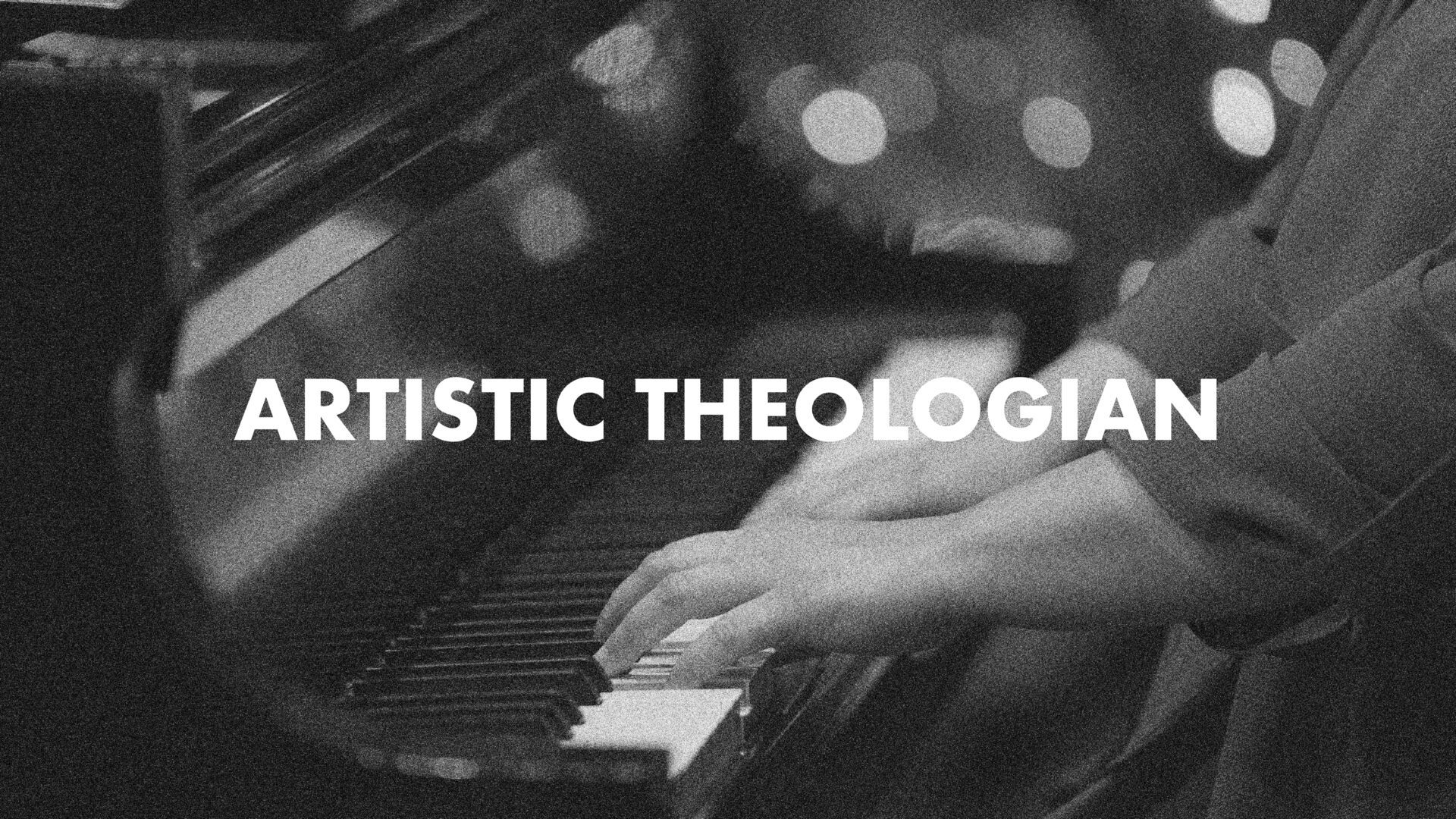
James Leo Garrett Jr. and the Southwestern Theological Tradition
Southwestern Journal of Theology
Volume 65, No. 1 - Fall 2022
Editor: David S. Dockery
By Gavin Ortlund. Downers Grove: IVP Academic, 2020, 264pp., $30.00
The doctrine of creation has received consistent attention throughout the history of the church. It has been intensified over the past 150 years following the publication of Charles Darwin’s On the Origin of Species, and the subsequent scientific and Christian responses to that work. Within the span of the twentieth century, conservative Christians have challenged the place of evolution within a biblical doctrine of creation. The purpose of this review is not to highlight all of those responses, but rather to focus on one recent entry into the conversation. In his Retrieving Augustine’s Doctrine of Creation: Ancient Wisdom for Current Controversy, Gavin Ortlund proposes that we look back in order to move forward in this discussion, specifically engaging the thought and work of Augustine of Hippo (354-430 AD). Ortlund embarks upon a retrieval project in order to address modern questions on historical Adam and evolution debates. Augustine is the perfect conversation partner for this debate, as Ortlund asserts, because “the doctrine of creation is at the very heart of Augustine’s Christian faith, his pastoral vocation, and the overall shape of his theology” (p. 2). Thus, the doctrine of creation was highly personal to Augustine and informed much of his thought and even spirituality. Ortlund accesses Augustine’s main writings on creation, particularly his commentaries on Genesis, but also the discussion of creation within his Confessions and The City of God. This data serves as the main coordinates throughout the text to help readers see and understand the depth of thought Augustine gave to the doctrine of creation, and its value for today.
Chapters one through four are dedicated to understanding different facets of Augustine’s doctrine of creation and putting them in conversation with some of the modern-day discussions around evolution and creation. Ortlund demonstrates consistent reliance upon the primary source, yet not in an effort to proof text, but in an effort to work constructively with Augustine’s thought. This is not a full treatise on Augustine’s doctrine of creation, but it is tapping into the mainstream of Augustine’s thoughts on creation within his main texts on the subject in order to bring to bear helpful historical insights on contemporary discussions. The main take away from Augustine is that his doctrine of creation was multi-faceted and multi-perspectival. Thus, the main virtue for approaching this conversation, according to Augustine, is humility. Ortlund does well in drawing out the implications of this thought in Augustine’s work for our modern consideration. Particularly, he works through Augustine’s so-called literal interpretation of Genesis as well as Augustine’s view on animal death prior to the fall. On these issues and more, Ortlund notes that Augustine was “patient of having multiple interpretations of difficult passages” based on his desire to discern the spiritual consequences of different thoughts (p. 97).
The final chapter draws all prior discussion into conversations on the historical Adam and evolution. This much debated topic is carefully discussed, interacting with contemporary scholars and theologians while weaving Augustine’s thought into the thorny bits of the debate. While some claim Augustine as a champion for evolution, others claim him as a stalwart of Adam’s historicity contra evolution. The final consensus by Ortlund is that Augustine cannot be contained in either box but rather he “retains a surprising degree of flexibility with respect to interpreting particular details in Genesis 2-3” (p. 239). In this chapter Ortlund summarizes three ways in which Augustine can be brought into modern debates on evolution and the historical Adam. He calls these three “instincts” (1. Evolution, therefore, no Adam; 2. Adam, therefore no evolution; 3. Adam and evolution). Ortlund is careful not to suggest that Augustine lends himself firmly to any one view, but his epistemic humility provides a much-needed corrective in debates that can tend to demonize the other and champion one’s own view as the only possible answer to the question. If one were to categorize his thoughts on the subject, Ortlund concludes that Augustine is “favorable to harmonization efforts in the realm of instinct three” (p. 239).
Retrieving Augustine‘s Doctrine of Creation is an accessible text in order to enter the mind of Augustine on creation for the specific purpose of addressing contemporary discussions. Bringing voices from the “congregatio fidelium” of the past (as Karl Barth has described it) to bear on contemporary theology is part of the work of theological retrieval —a significant concern for Ortlund in his writing—and should be a concern for all evangelical thinkers as we continue to do theology in the twenty-first century. This text, as Ortlund has described, is “an attempt to hear, and help others hear, a voice from within that congregatio that must not be ignored” (p. 8). This text can easily be added into courses on theological anthropology, the doctrine of creation, current issues on science and the Bible, and can serve as a good conversation partner for those wishing to engage in the debate on evolution and historical Adam. While Ortlund does not presume expert knowledge of Augustine’s thought, a proper introduction to Augustine may be a pre-requisite before engaging this text. For the purpose it was intended to serve, Ortlund’s work is commendable and worthy of the reader’s time.





